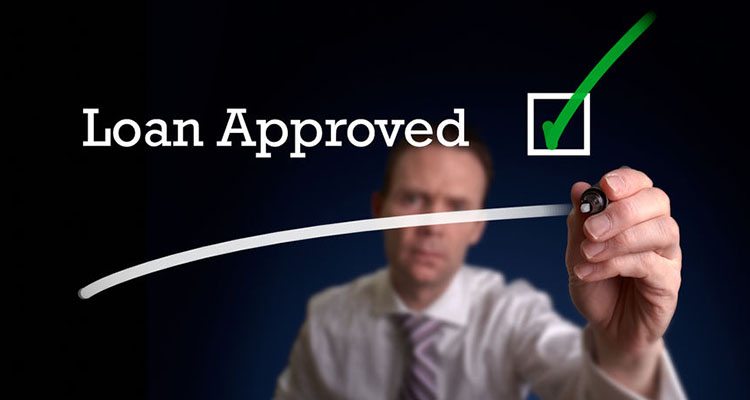Social Security Permanent Disability Explained

Are you suffering from a severe medical condition or physical deformity from an injury sustained that is preventing you from functioning properly at work? If you are, you may be qualified for Social Security permanent disability benefits.

Apply for Social Security Permanent Disability
If you suffer from a medical condition that interferes with your work, you should consider applying for Social Security permanent disability benefits, even though it requires a lot of effort on your part.
Qualifying for disability benefits is based on documentation, medical records and evidence that your work capacity or function is limited. It is not based on diagnosis alone.
A claimant must have a strong and objective medical and vocation proof and an argument for approval of claim based on the policies and rules of the Social Security Administration.
Social Security permanent disability is applied for and not automatic. So you should prove you are qualified for it, especially if you can no longer be employed for work that suits your qualifications.
The benefits will be awarded if the applicant convinces the administration that they are unable to engage in their normal day to day activities and cannot perform any of their primary work’s activities.
Qualifying for Social Security Disability Benefits
A claimant does not have to permanently disabled upon applying for Social Security permanent disability benefits which are the SSD or Social Security Disability and the SSI income.
The SSA thinks positive and believes the claimant can recover from the disability at a later time. This is why, they require those who receive disability benefits to undergo the process of CDR or continuing disability review. If the claimant does get better, they can go back to work and stop receiving the benefit.

The CDR process was created in order to evaluate a claimant’s condition to see if there has been any improvement in the claimant’s medical or financial circumstances.
The beneficiary will be reevaluated after a time frame of one year or more after approval, depending on the condition the benefit was granted. This conducted to check if the medical condition has been cured or at least improved. If there is no improvement, the claimant will continue to receive disability benefits.
Now, for the question of permanent disability – the SSA determines whether the applicant is totally disabled based on their definition of the term.
A person is totally disabled only if he or she is unable to earn more than the Substantial Gainful Activity amount for a given year.
Can a Claimant Work and Receive Benefits?
The simple answer to this question is yes. However, there are conditions.
The disability benefit applicant should prove the disability interferes with their capacity to work in an employment that is suited for them based on their age, education and past work experience. It does not mean the condition should stop them from working at any job.
Basically, the applicant can be currently employed while applying for disability benefits, but their employment must not be more than the SGA amount for their condition. They must be underemployed, so to speak.
Disability benefits are awarded by the Federal government, unlike temporary disability that is awarded by the state and is governed by the laws of the state. A totally disabled worker or an individual with ongoing physical or mental impairment can apply for SSD or SSI benefits anywhere in the US.











